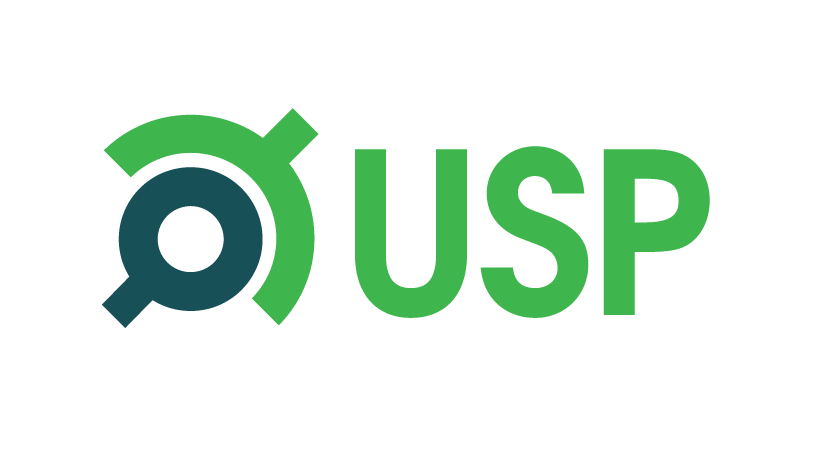00:00 – The Broadband Forum’s Connected Home Council Chair, Jason Walls (QA Cafe) explains how TR-069 provides the foundation of USP. TR-069 was a huge advancement in broadband as it allowed remote provisioning of the gateway (no more sending of compact discs in the mail). He talks about the evolution of TR-69 into what became known as USP in 2018.
02:37 – He points out that it enables operators to lead with services and experience, instead of connectivity and speed. It means an operator can offer services, such as managed Wi-Fi, customer self-care, interoperable smart home, and app-enabled residential gateways; without sending a technician or replacing a device in the home.
03:38 – The most important difference between USP and TR-069 may be the addition of a multi-controller, multi-agent architecture, as opposed to a single ACS (Auto Configuration Server). It allows for co-existence with TR-069, while also not being dependent upon the cloud.
05:07 – Jason explains how it works and how it enables the smart home.
05:57 – There are four high-level components that comprise USP –
- TR-181 Issue 2 Device Data Model
- TR-369 User Services Platform
- 369 Certification
- The OB-USP-Agent
07:28 – A block diagram is presented that shows one possible USP deployment. In this example, there is coexistence between TR-069 and USP controllers, as well as agents from multiple third-party managed service providers, vendors, and application providers. What differentiates USP is the persistent and secure connections between agents and controllers.
09:25 – Recent capabilities of TR-181 allow services to be added and managed on a modular basis via containers; this is a big benefit to operators as it allows much more rapid provision of new offerings without having to roll trucks or change gateways.
09:48 – Walls provides a high-level view of the structure of TR-369 (USP 1.3).
11:09 – An overview of the underlying technology is given, along with the USP 1.3 protocol stack.
13:04 – Further resources can be found at
- technology
- Open source – com/BroadbandForum/obuspa
- Training – ly/usp-training
- Certification – ly/bbf-usp.cert
